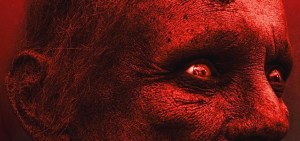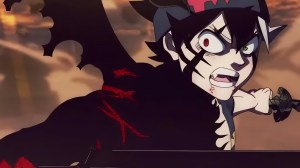Sony Pictures Animation veteran Marcelo Vignali has opened up about the process behind illustrating the Steve Ditko-inspired Spider-Man comic book referenced by newly-superpowered teen Miles Morales (Shameik Moore) during Spider-Man: Into the Spider-Verse.
Videos by ComicBook.com
“I was so excited when [production designer] Justin [K. Thompson] asked me to come on board with this assignment,” Vignali, who served as production designer on Sony’s Hotel Transylvania and art director on Surf’s Up and Smurfs: The Lost Village, says in The Art of the Movie book.
“This project was so secretive, that although I work at the studio, I hadn’t seen any artwork or character designs. The only thing I’d seen was the trailer, which was loved by everyone.”
A fan of the original Spider-Man cartoon that ran between 1967 and 1970, Vignali embraced the old-school feel of the show and the classic Stan Lee-Ditko comics to create the Amazing Fantasy #15-inspired comic book briefing the origins of the Spider-Man (Chris Pine) of Miles’ universe.
“They didn’t want a modern look for the comic, so we went back to Steve Ditko’s classic version,” he said.
“I really marvel at the look Ditko established, which has remained constant, but those first issues didn’t have a lot of detail about the origins of Spider-Man. I had no drawings of Peter Parker, and there wasn’t much to hang my hat on. So, I also referred to [The Amazing Spider-Man artist] John Romita Sr.’s work, which had more details about the origins story.”
In bringing the pulpy look to life, Vignali was overjoyed to be able to hand ink the comic book in the vein of the Golden Era of artists.
“Working in computers is easier for large images that fill the big screen, but the result has a certain look that wasn’t right for this task,” Vignali said. “After the inking was done, we had to fake the offset lithography and map it on the film digitally to replicate that old pulp quality.”
Art director Patrick O’Keefe told Polygon the team made “five movies” when mixing and matching various art styles blended together into Spider-Verse, birthed from a “reductive graphic style, where we took the real world and blended it with the comic book world.”
“Those are the three big elements at play: This appreciation and curation of the subject, the graphic simplification of the real world and the comic book texturing,” O’Keefe explained.
“Then, on top of that, there was everybody’s admiration of true live action cinematography. That’s the juxtaposition; you have characters with halftones on them, and CMYK offset, but then you have a very real camera — an almost Alfonso Cuarón from Children of Men-style camera — moving around the environment. That juxtaposition means it still feels very real, but if you stop any frame it looks like a [comic] panel.”
Spider-Man: Into the Spider-Verse is now playing.









